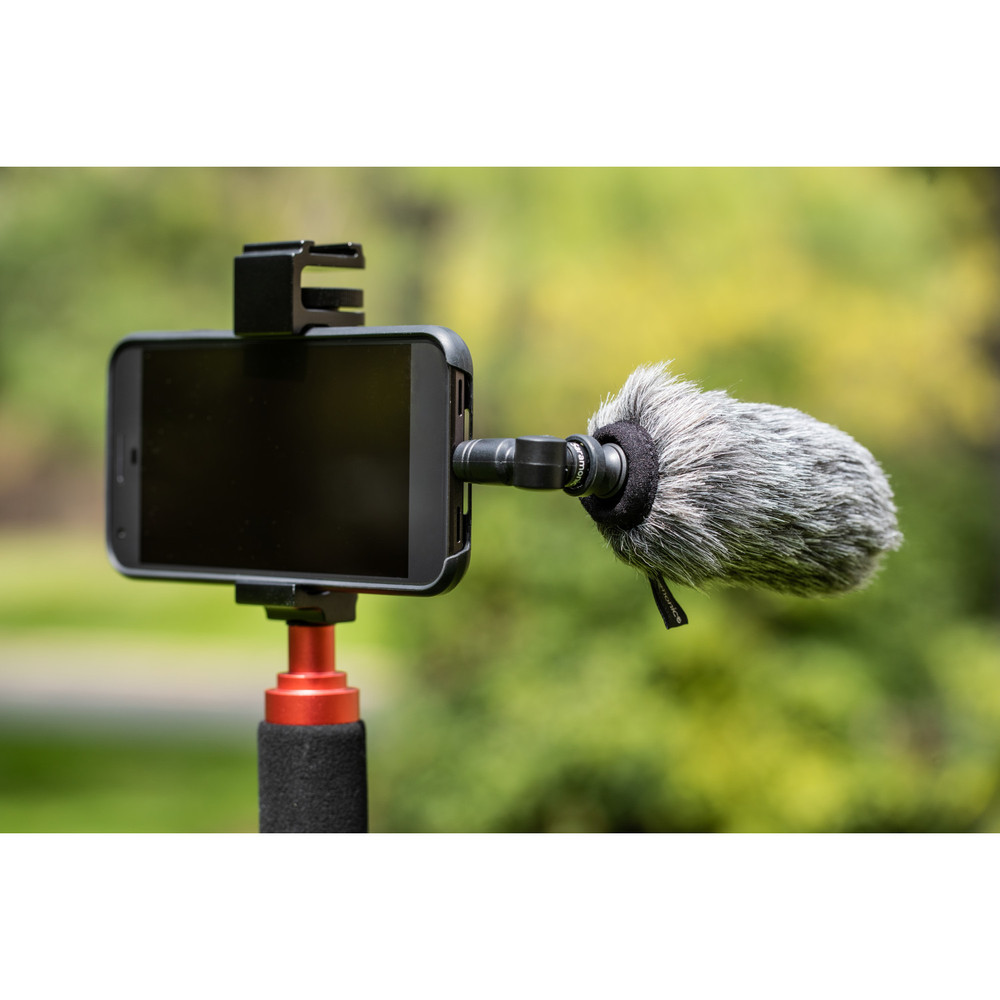The Unsung Hero: Decoding the smartphone Microphone
Smartphones have evolved from simple communication tools to powerful, pocket-sized computers. At the heart of this transformation lies the humble microphone, a component often overlooked but absolutely crucial for the modern smartphone experience. From crystal-clear phone calls to immersive video recordings and seamless voice commands, the microphone plays a pivotal role in how we interact with our devices and the world around us. This in-depth exploration delves into the intricacies of smartphone microphones, covering their types, functionality, challenges, and the future of audio capture.
At its core, a microphone is a transducer, a device that converts one form of energy into another. In this case, it converts acoustic energy (sound waves) into electrical energy (audio signals). The process typically involves a diaphragm, a thin membrane that vibrates in response to sound waves. These vibrations are then translated into electrical signals, which are amplified and processed by the smartphone’s circuitry.

Smartphones employ various types of microphones, each with its own characteristics and applications.
1. Electret Condenser Microphones (ECMs)
These are the most common type of microphone found in smartphones. ECMs utilize a charged diaphragm and a backplate to create a capacitor. When sound waves vibrate the diaphragm, the distance between the diaphragm and the backplate changes, altering the capacitance and generating an electrical signal.
Advantages:
2. Micro-Electro-Mechanical Systems (MEMS) Microphones

MEMS microphones are a newer and increasingly popular technology. They are fabricated using microfabrication techniques, allowing for extremely small and highly integrated designs. These microphones typically utilize a silicon diaphragm and backplate, offering improved durability and performance compared to traditional ECMs.
Advantages:
Modern smartphones often feature multiple microphones, each serving a specific purpose. This multi-microphone setup enables advanced audio processing techniques, such as noise cancellation and beamforming.
1. Primary Microphone

This is the main microphone used for phone calls and voice recordings. It is typically located at the bottom of the phone, near the mouth.
2. Secondary Microphone
Often located on the back or top of the phone, the secondary microphone is primarily used for noise cancellation. It captures ambient noise, which is then subtracted from the primary microphone’s signal to improve call clarity. Secondary microphones also help with stereo recording for video.
3. Tertiary and Additional Microphones
Some high-end smartphones may include additional microphones to further enhance audio capture. These microphones can be used for spatial audio recording, directional sound capture, and improved voice recognition.
Several key features and technologies contribute to the performance of smartphone microphones.
1. Noise Cancellation
This technology reduces unwanted background noise, making phone calls and voice recordings clearer. It typically involves using multiple microphones to capture ambient noise and then subtracting it from the desired audio signal.
2. Beamforming
Beamforming is a technique that uses multiple microphones to focus on a specific sound source while suppressing other sounds. This is particularly useful for voice commands and video recording in noisy environments.
3. High Dynamic Range (HDR) Audio
HDR audio aims to capture a wider range of sound levels, resulting in more realistic and immersive audio recordings. This technology is becoming increasingly important for video recording and content creation.
4. Voice Recognition and AI Integration
Microphones are essential for voice recognition and AI-powered features, such as voice assistants and dictation. Advances in machine learning and natural language processing have significantly improved the accuracy and reliability of these features.
Despite advancements in microphone technology, several challenges and limitations remain.
1. Wind Noise
Wind noise can significantly degrade audio quality, especially during outdoor recordings. Manufacturers often implement wind noise reduction algorithms, but these are not always effective.
2. Acoustic Echo
Acoustic echo occurs when sound from the speaker is picked up by the microphone, creating a feedback loop. This can be particularly problematic during speakerphone calls. Echo cancellation algorithms are used to mitigate this issue.
3. Low-Frequency Noise
Low-frequency noise, such as traffic rumble or air conditioning hum, can be difficult to filter out. This type of noise can mask speech and other important sounds.
4. Microphone Placement and Design
The placement and design of microphones can significantly impact audio quality. Obstructions, such as fingers or phone cases, can block the microphone and degrade performance.
5. Water and Dust Resistance
Microphones are susceptible to damage from water and dust. Manufacturers are increasingly incorporating water and dust resistance features, but these are not always foolproof.
The future of smartphone microphones holds exciting possibilities, driven by advancements in technology and evolving user needs.
1. Improved Noise Cancellation and Beamforming
Advances in AI and machine learning will lead to more sophisticated noise cancellation and beamforming algorithms, enabling clearer and more focused audio capture.
2. Spatial Audio Recording
Spatial audio recording, which captures sound from multiple directions, will become more prevalent, providing a more immersive and realistic audio experience.
3. Integration with Augmented Reality (AR) and Virtual Reality (VR)
Microphones will play a crucial role in AR and VR applications, enabling seamless voice interaction and immersive soundscapes.
4. Ultra-Low Power Microphones
The demand for longer battery life will drive the development of ultra-low power microphones, enabling continuous audio monitoring and voice activation without significantly impacting battery consumption.
5. Advanced Material Science
New materials and fabrication techniques will lead to microphones with improved sensitivity, durability, and performance.
The smartphone microphone, though often overlooked, is a critical component that shapes our interaction with these devices. From basic phone calls to advanced audio recording and voice commands, the microphone plays a vital role in the modern smartphone experience. As technology continues to advance, we can expect to see even more sophisticated and capable microphones in our smartphones, enabling richer and more immersive audio experiences. The future promises better noise reduction, spatial audio, and seamless integration with emerging technologies, ensuring that the unsung hero of the smartphone continues to evolve and enhance our digital lives.



